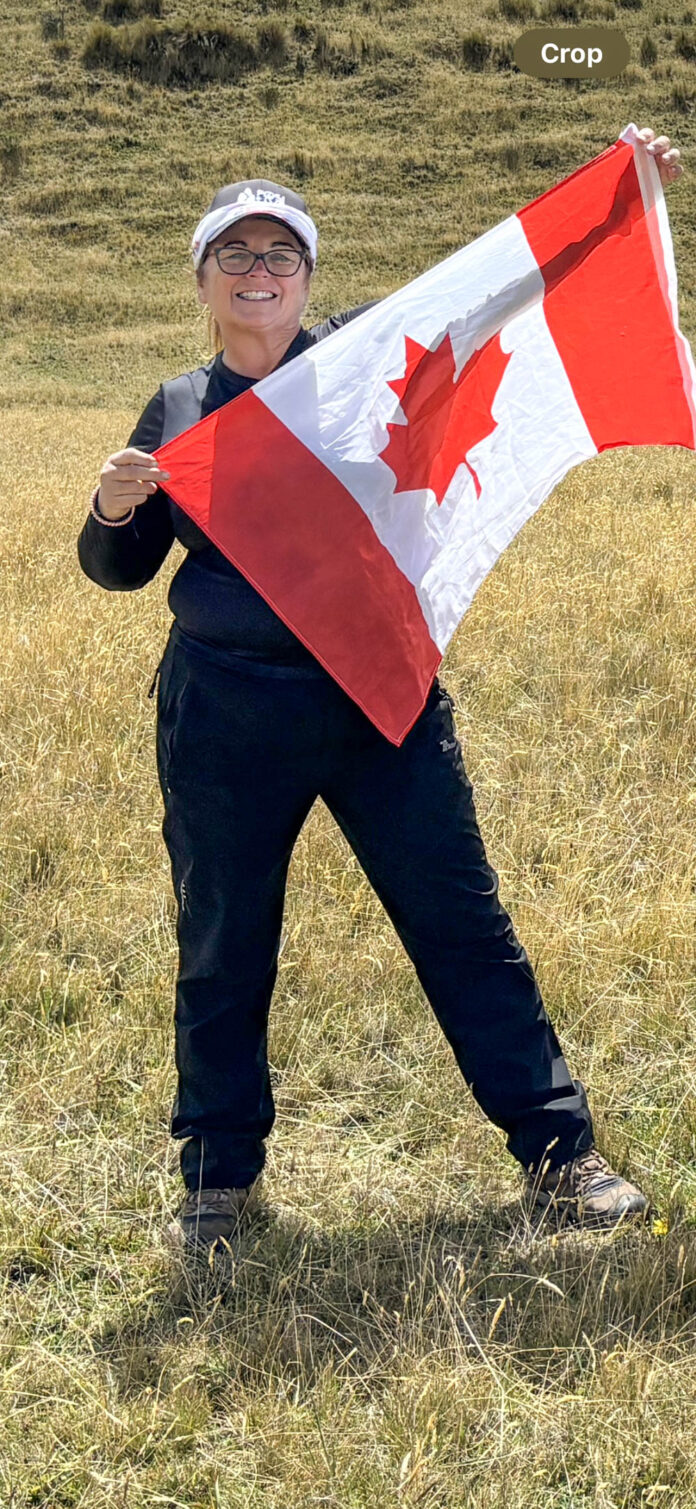MANITOULIN—The Manitoulin Health Centre (MHC) is calling on the province to open up a review of the awarded complement for its Manitoulin Central Family Health Team physicians’ group while its hospital board chairman says he is frustrated that a letter he sent to the Minister of Health on this subject several months ago has not been replied to.
“The Mindemoya group of physicians has been asking the province to open up the complement review. We felt it was prudent to support them and the work the physicians do for the community,” stated Paula Fields, president and chief executive officer of MHC.
Board chair Dennis McGregor pointed out he had forwarded a letter to Minister of Health Sylvia Jones August 22 with the same concerns that the doctors and MHC have expressed. “I sent a letter to the minister, but I have had no response. I’ll leave it alone for now, but it perturbs me that I have not even been given the courtesy of a response.”
Ms. Fields, in a letter sent on behalf of the MHC and board and Dr. Maurianne Read, president of the professional staff and Dr. Stephen Cooper, MHC chief of staff to the ministry dated November 16 writes, “The results of the recent Rural and Northern Physician Services Group Agreement complementary review by the Minister of Health and the Ontario Medical Association has resulted in concerns for the sustainability of health care service provided by the physicians at the Mindemoya site of the Manitoulin Health Centre.
“The Manitoulin Central Family Health Team (MCFHT) provides 24/7 emergency room coverage and hospital services to the Mindemoya site emergency department of the MHC. The volume of patients and acuity of patients has been rising over the past couple of years. We experience a large influx of tourists from May to November each year and subsequent requirements for emergency care. The physicians remain on site 24/7 to ensure the safety of our community and patients. Capacity challenges with our tertiary centre have resulted in further increased length of stay, acuity, and requirements for increased physician service at MHC.
“MHC provides acute care services to a large Indigenous population and recently embarked on an engagement project called the Maamwewziwining project to identify ways to improve the patient experience for Indigenous patients. The report clearly identified that the MCFHT physicians are well known for the comprehensive and culturally safe care provided to our Indigenous communities.
“It is for these reasons that we ask for a timely review of the awarded complement for this physician group. Rural general physicians make many personal and professional sacrifices to ensure the health care needs of the communities that they serve are met. Recognizing the physician shortages across the province, rural practices with inadequate physician complements are faced with additional challenges in recruiting to their practices. This creates inequities and an unsustainable model of healthcare for small rural, northern communities and residents.
“In order to create a sustainable model of physician services for Manitoulin Island, specifically at the MCFHT, there needs to an adequate number of physicians, allowing for the provision of primary care, emergency services and work life balance,” the MHC letter adds.
In his letter, Mr. McGregor said the board supports the Mindemoya physicians and (MCFHT) in their request for the ministry to be transparent and forthcoming with the formula and considerations that were made when undertaking the recent physician complement review. He said the board knows firsthand and appreciates the sacrifices to ensure that both its emergency departments remain open, often at the sacrifice of primary care and their own personal time. He pointed out physicians are supporting numerous care transactions and providers at one time, while faced with an unrealistic administrative burden.
“Additionally, the board hopes that the ministry can determine a permanent program that will incentivize locum physicians to the north. It has become increasingly more difficult to recruit locums to our region,” continued Mr. McGregor.
As has been reported previously, Dr. Maurianne Reade said when the province came up with the decision on which hospitals would qualify for additional doctors for emergency rooms, they used a complicated formula to do this, with one part heavily weighted to how much work the doctors have done in the office. “Because we (Mindemoya) are short of doctors and had been advised to prioritize keeping the hospital open, of course we haven’t been in the general practice office as much as we would like. The metrics heavily favoured teams who could see a lot of patients through the office, as well as the emergency room. Our community suffers because we don’t have enough doctors to do well in the formula, so we received a poor result in the complement review. It makes is impossible (for Mindemoya Hospital) to recruit new physicians.”
Even with 7.5 doctors in Mindemoya it is not sustainable, said Dr. Reade. It would take 10-11 people to handle the work demand that we have been doing in the Mindemoya emergency room.
Mindemoya Hospital currently has 4.75 physician positions filled and has rarely been able to keep six doctors over the past several years. Since the late 1990s, Mindemoya Hospital has had funding for six full-time physicians, a number that has remained unchanged despite growing patient volumes and increased complexity from an aging population, along with opioid and mental health crisis that increased during the pandemic.





